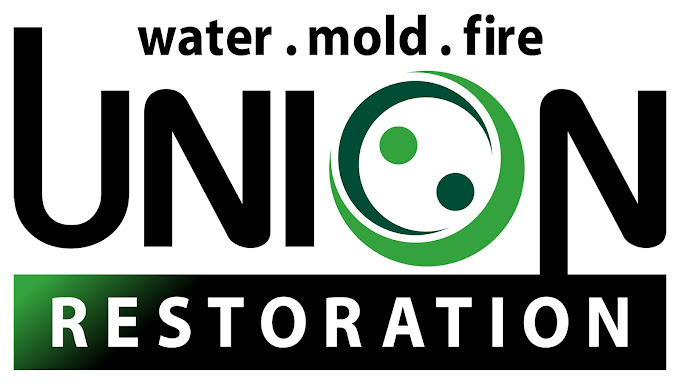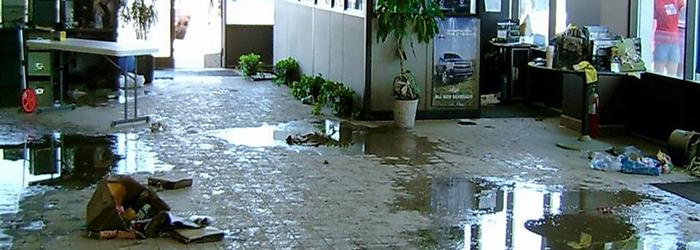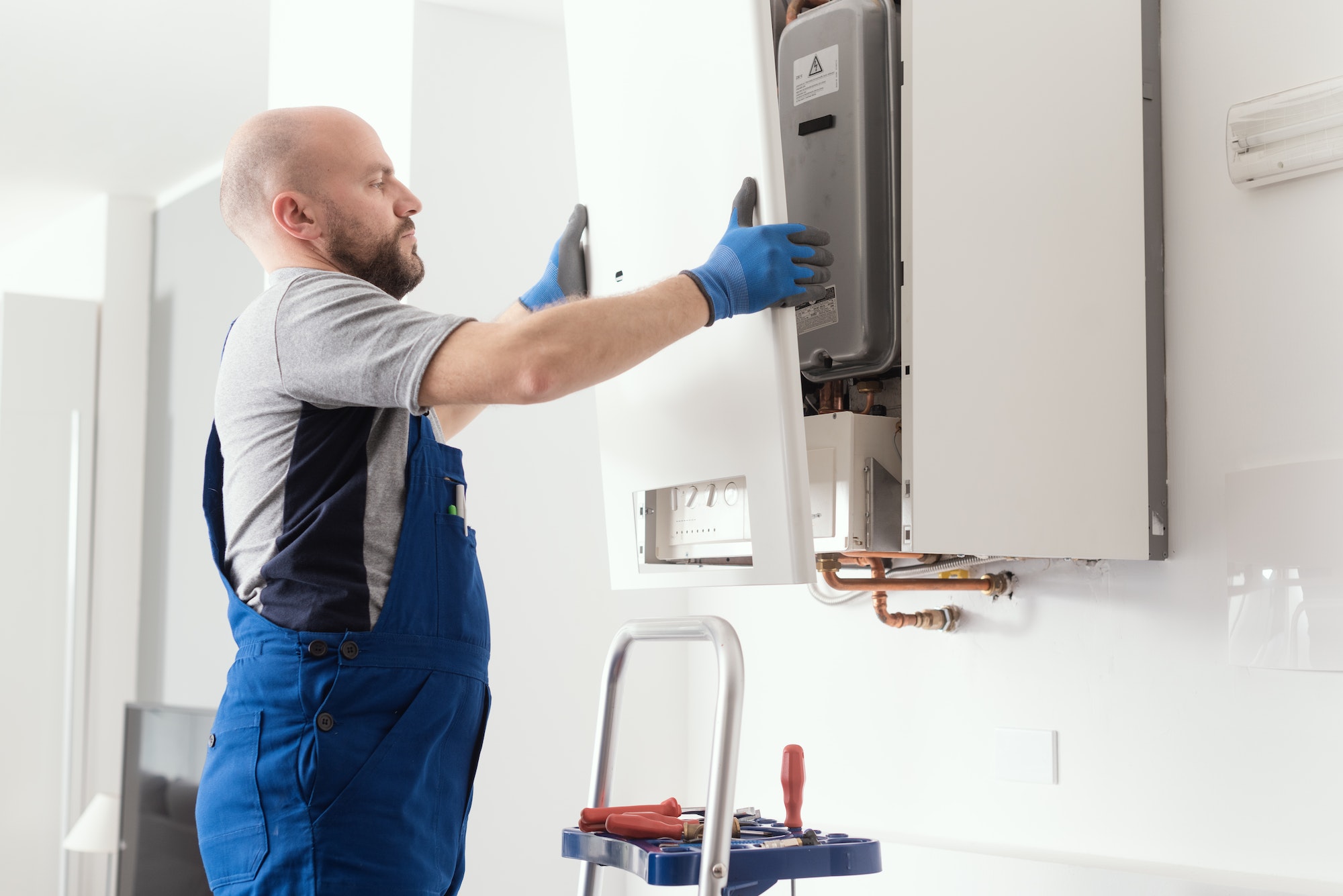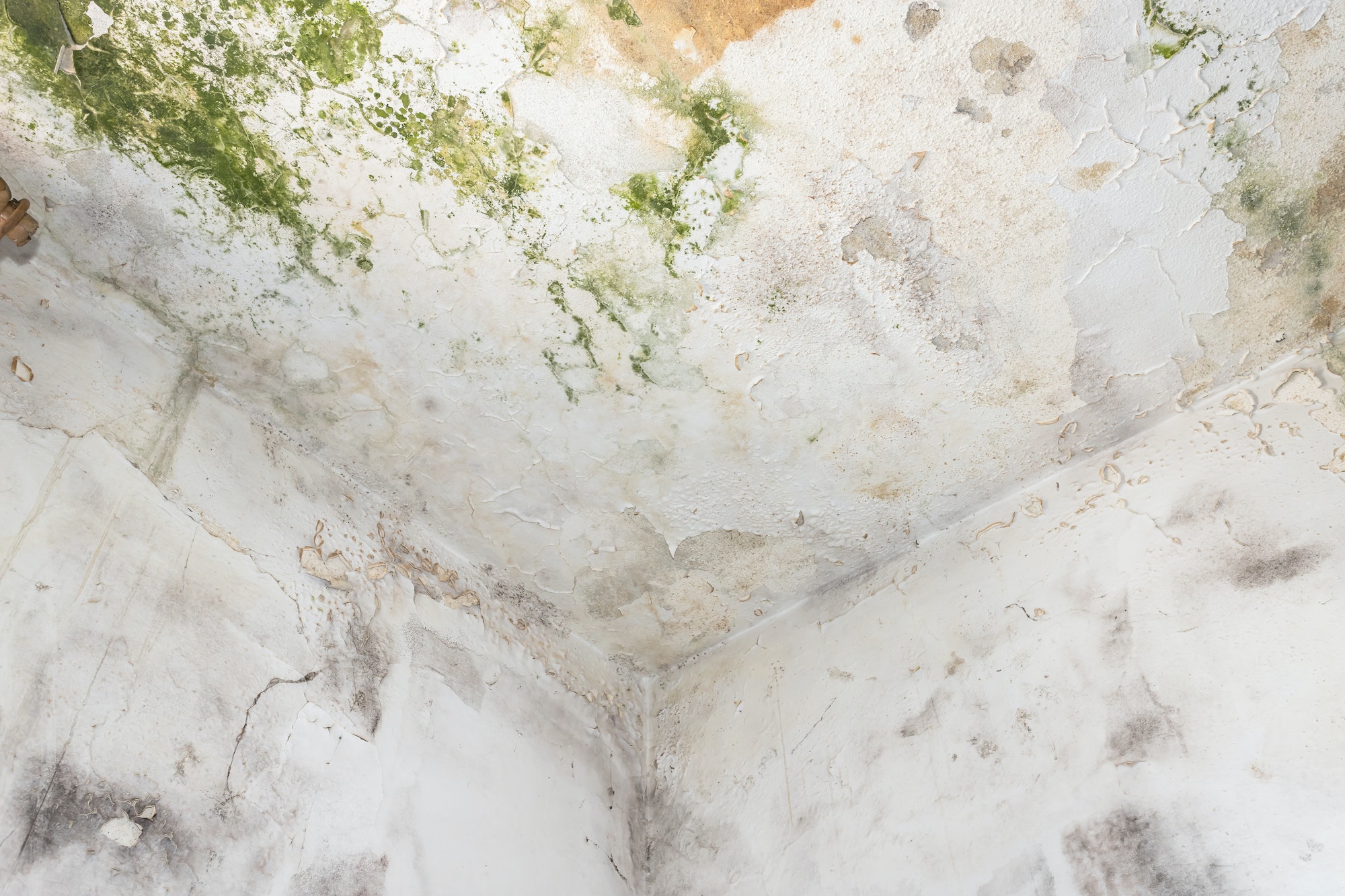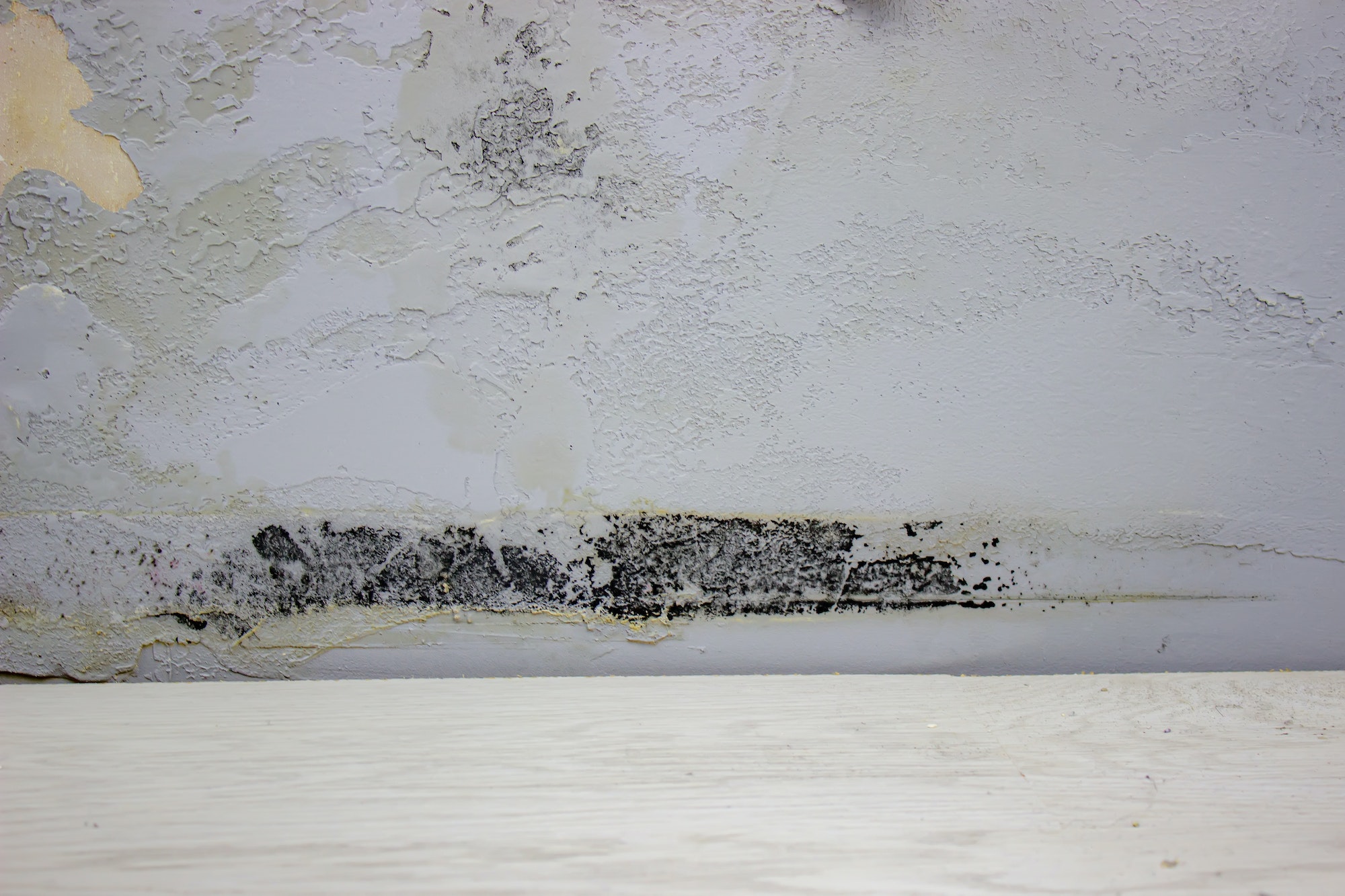Just suppose you got back from vacation and found water damage in your home. What would you do first? Hopefully, you’d call your trusted home insurance agent! But what would you do next? Would you use a Yellow Pages to find an NYC water damage restoration contractor? Or maybe jump on Google or ask for suggestions on Facebook?
Here some great tips to help you to protect your rights as a homeowner.
- What is the IICRC?
The Institute of Inspection, Cleaning, and Restoration Certification (IICRC) is an international, independent, non-profit certification body that sets and promotes standards for the inspection, cleaning, restoration, and installation industries. Established in 1972 as a credentialing association for these trades, the IICRC has since grown to over 60 countries with more than 25,000 certified technicians and companies. - What’s one dangerous mistake contractors that are not IICRC certified might make?
IICRC certified professionals are trained to use compliant processes when delivering their services. This includes using detailed pre-cleaning inspections as well as written work plans detailing the applicable procedures used during the job in order to ensure all practices are followed. Certified professionals must uphold a code of ethics which entails being honest in service practice offerings while providing quality customer service; ensuring customer safety; using professional judgement; offering fair pricing; maintaining confidential information about customers; understanding customer expectations; providing continuous education for employees working in their field; adhering to local laws regarding practices in their industry; keeping up with current technology trends; respecting property boundaries; and protecting customer’s rights and privacy. - How can a homeowner turn off their water damage immediately?
To turn off the water supply to a home immediately, locate the main shut-off valve. This is usually located near where the water line enters your house. Turn the valve clockwise to stop water flow and shut off the water supply. Once you’ve finished turning it off, check for leaks or other problems before turning on any faucets in your home. If you experience any water damage issues or are unable to locate the main shut-off valve, contact a professional plumber for assistance. - What is the most important call a homeowner needs to make when they have water damage?
The most important call a homeowner needs to make when they have water damage is to a professional water damage restoration service. They can assess the extent of the damage, carry out any necessary repairs, and help restore your home back to its pre-damage condition in the quickest and safest manner possible. Professional services also provide necessary advice on how to prevent further water damage in future.
What’s the IICRC?
“The first thing we would encourage them to do is to pick a water restoration pro that has been certified by the IICRC,”
What does the fancy acronym stand for? “It stands for The Institute of Inspection, Cleaning, and Restoration Certification,” The official website tells us that the purpose of the IICRC is to set and promote high standards, ethics, and practices for the inspection, cleaning, and restoration service industries. According to the website, “As an ANSI-accredited Standards Developing Organization (SDO), the IICRC has led the way in establishing the main industry standards and reference guides for professional carpet, upholstery, and fabric cleaning, water damage restoration, and mold remediation.”
Can you give us an example of dangerous mistakes contractors that aren’t IICRC certified might make?
“There are different categories of water damage. There’s Category 1, 2, and 3. They’re not all treated the same. For example, Category 2 water is considered “gray” water, perhaps from a leaky washing machine hose. On the other hand, Category 3 water is sewage water. So, if a toilet backed up, you couldn’t simply disinfect, mop up, and install a dehumidifier! Instead, there would be special restoration steps that are required so that the consumer is protected from health risks. Someone who’s not certified may not know that and could unintentionally threaten the homeowner’s health.”
